| View previous topic :: View next topic |
| Author |
Message |
eno789

Joined: 27 Aug 2010
Posts: 159
Location: California
|
 Posted: Tue Jun 12, 2018 1:28 am Post subject: Posted: Tue Jun 12, 2018 1:28 am Post subject: |
 |
|
eno789 wrote:
I guess the samples above showcase those bokeh as fade-away kind, they might as well disappear so you won't be "distracted".
I know it's not everyone's taste, but I happen to like photos where bokeh is a significant part of it, that makes a picture. If you take away the bokeh, it won't be as nice. Of course, the bokeh still should not be nervous or displeasing to look at. Often the bokeh has a painterly quality to it. IMHO this is a lot of fun, maybe more difficult to achieve, and takes bokeh pictures to the next level.
Some samples from the painterly_bokeh flickr group (some were mine, some photos I admire, some are from fellow members here):
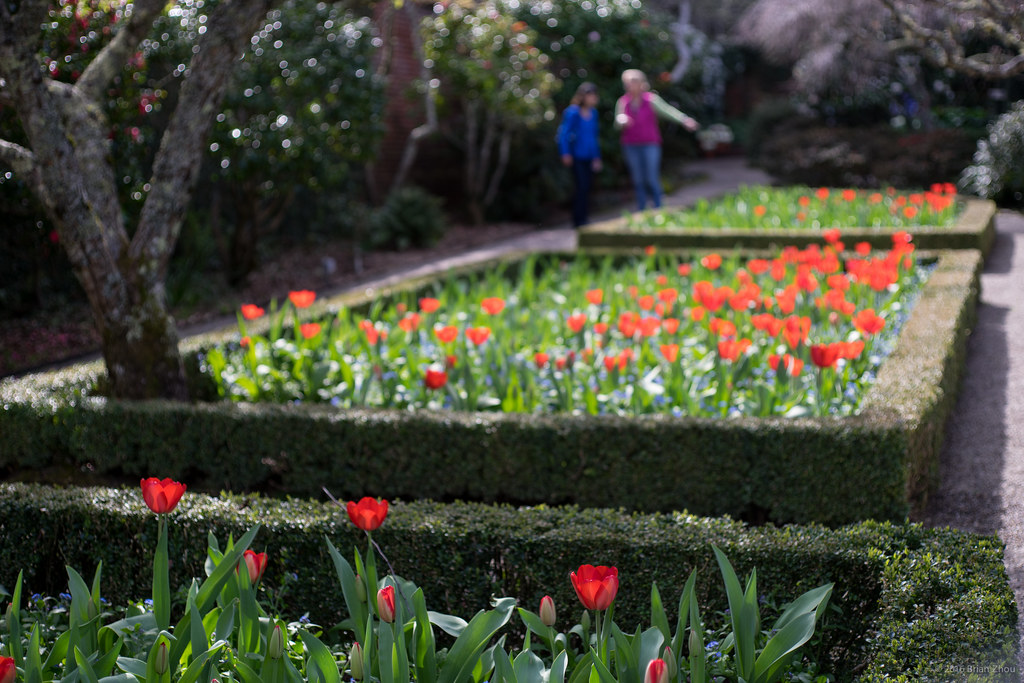
_DSC4837 by Brian Zhou, on Flickr
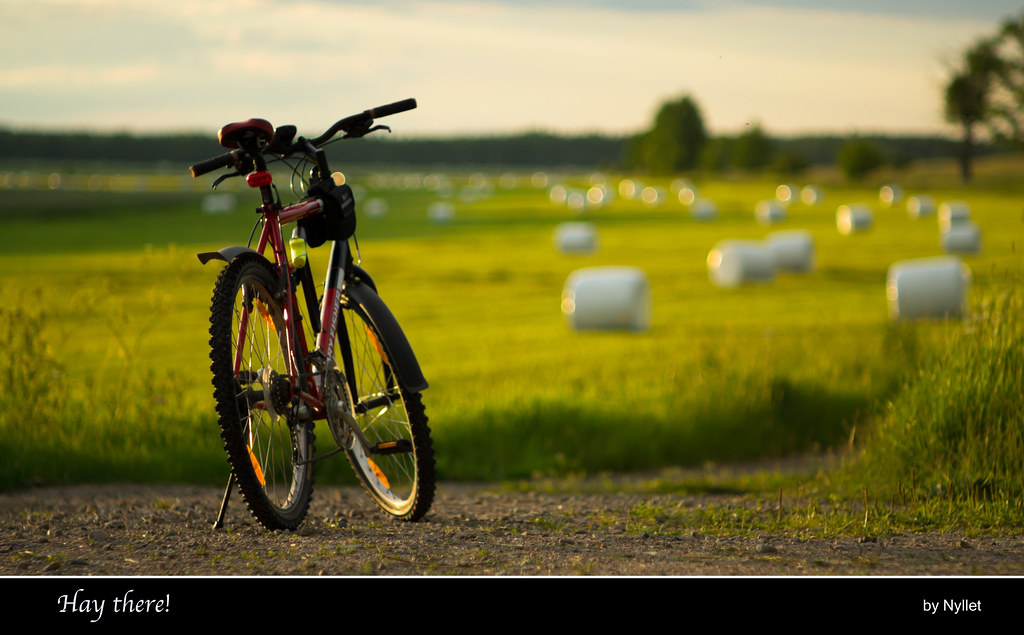
Hay there! by Peter Nyhlén, on Flickr

Life is a journey by Yu-Lin Chan, on Flickr
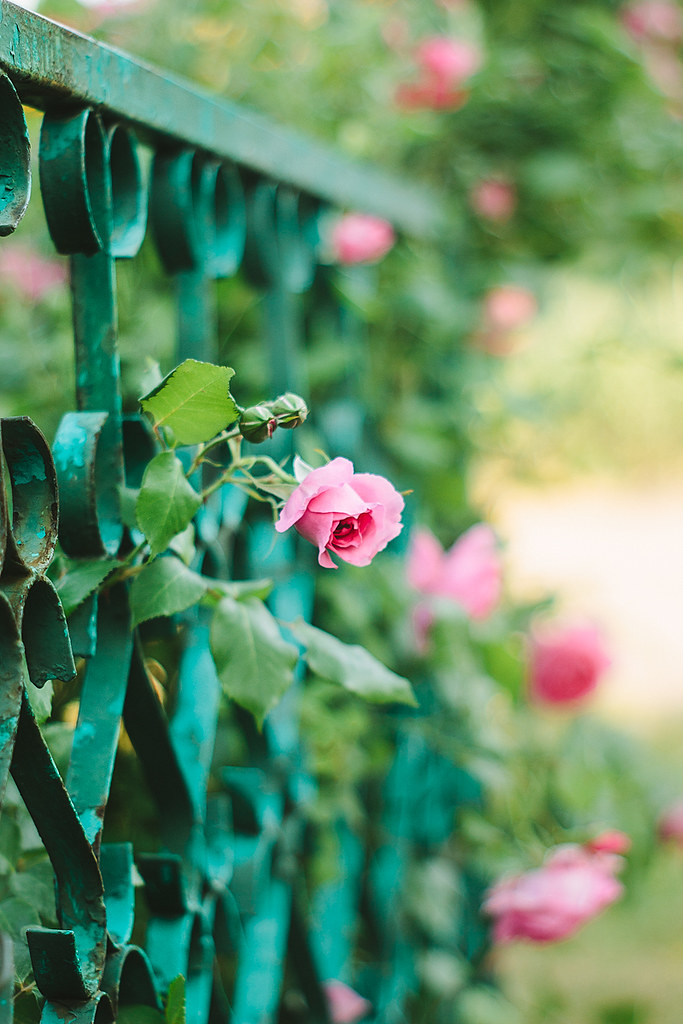
Fenced roses by Angelina Todorovic Stanic, on Flickr
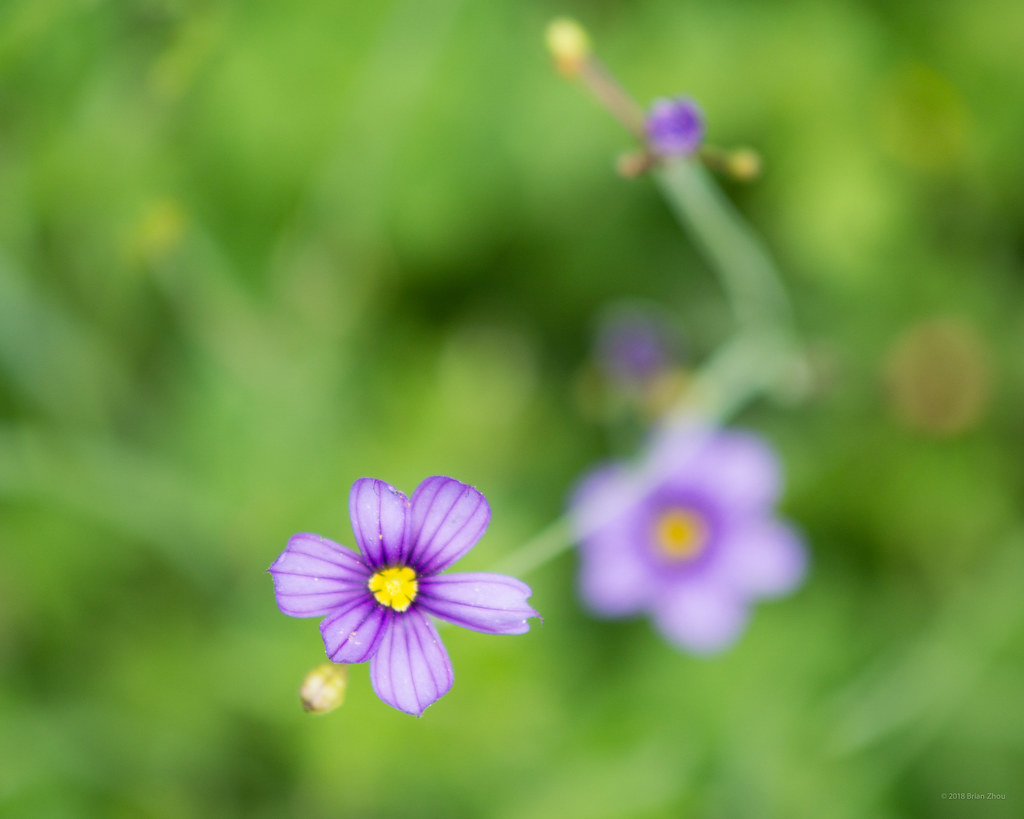 DSC05618 by Brian Zhou, on Flickr DSC05618 by Brian Zhou, on Flickr

Puffins in Grímsey by Laszlo Nagy, on Flickr
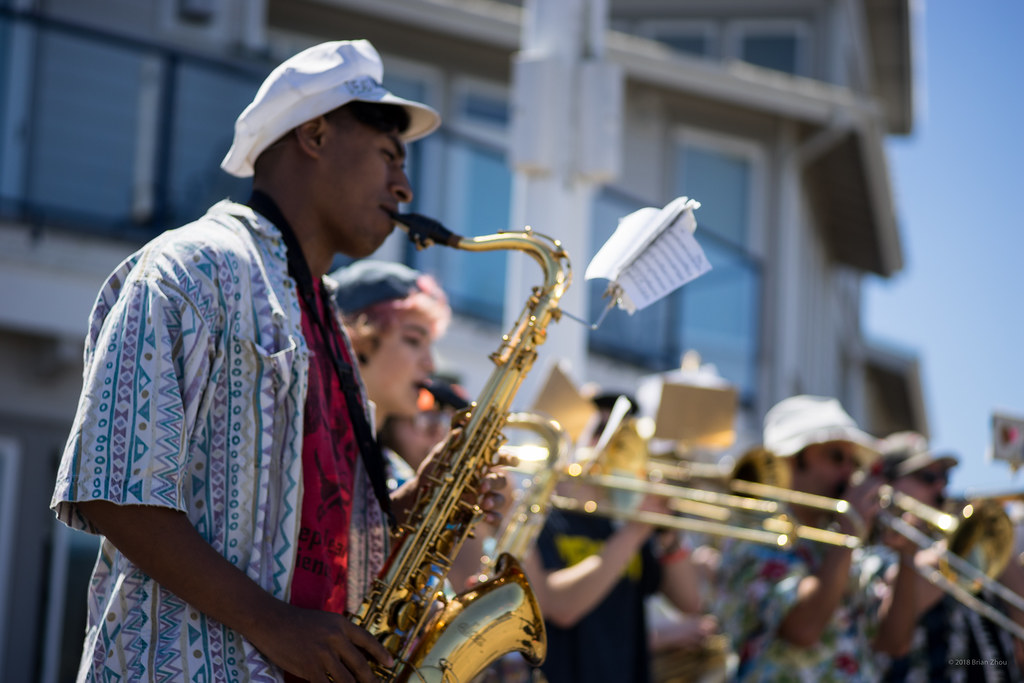
_DSC6613 by Brian Zhou, on Flickr
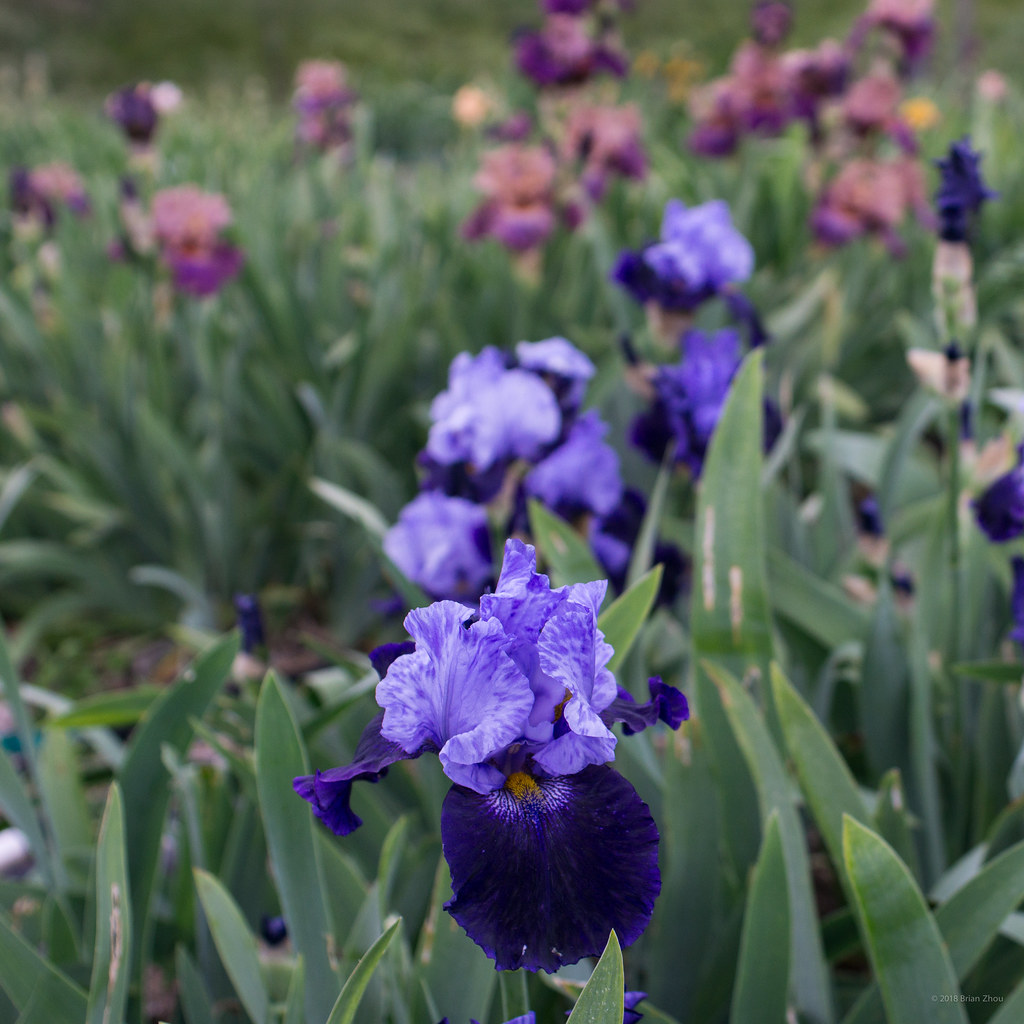
DSC05582 by Brian Zhou, on Flickr
Edit: some were not linkable, only viewable in flickr. You can follow the link in my signature.
_________________
Sharpness from lenses; Softness from me.
Nikon DSLR, Sony Mirrorless, Panasonic mu-4/3 - Having fun with MF lenses
https://www.flickr.com/groups/painterly_bokeh |
|
| Back to top |
|
 |
tromboads


Joined: 29 May 2012
Posts: 1782
Location: Melbourne AU
Expire: 2015-10-01
|
 Posted: Tue Jun 12, 2018 2:10 am Post subject: Posted: Tue Jun 12, 2018 2:10 am Post subject: |
 |
|
tromboads wrote:
yeeeah now you lost me. The only thing I find interesting there is the bird standing in a pile of shit.
But hey, let be real here, If you like Bokeh for the sake of Bokeh who am I to tell you any different. Go nuts 
As for "bokeh style" these is nothing discerning from those samples that would hint towards a brand of lens over the other. Any lens of the similar focal length could just about produce those.
Something something gear not important something something  |
|
| Back to top |
|
 |
awa54

Joined: 02 Jun 2018
Posts: 39
Location: VT, USA
|
 Posted: Tue Jun 12, 2018 2:29 am Post subject: Posted: Tue Jun 12, 2018 2:29 am Post subject: |
 |
|
awa54 wrote:
| tromboads wrote: |
Ok gotcha, so you like long focal lengths shot at large apertures, or short focal lengths with great subject distance from the background.
I can dig it. |
...doesn't have to be only those particular combinations, this is a 35mm on FF with roughly equal distance to subject and subject to background.
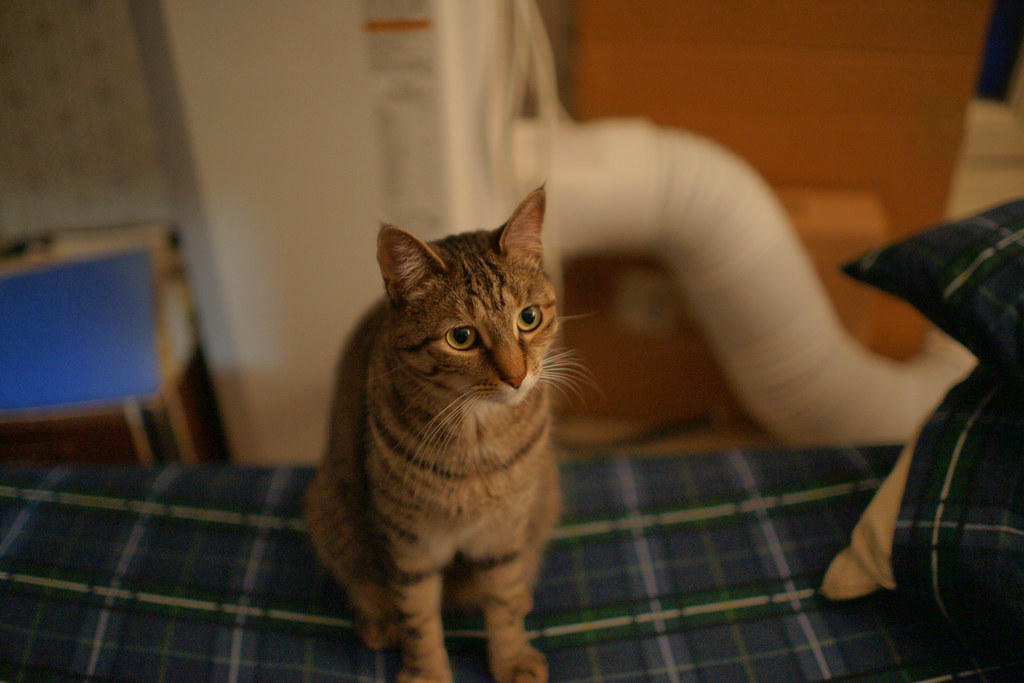 DSC06249 by David Wimmer, on Flickr DSC06249 by David Wimmer, on Flickr
_________________
Mostly Minolta (Sony) but Bronica too 
https://www.flickr.com/photos/awa54/
Flickr Tamron 04B 200mm f/3.5 close focus group
https://www.flickr.com/groups/3139513@N20/
Flickr Tamron 54B SP 300mm f/5.6 tele macro group
https://www.flickr.com/groups/3051622@N20/ |
|
| Back to top |
|
 |
eno789

Joined: 27 Aug 2010
Posts: 159
Location: California
|
 Posted: Tue Jun 12, 2018 2:59 am Post subject: Posted: Tue Jun 12, 2018 2:59 am Post subject: |
 |
|
eno789 wrote:
| tromboads wrote: |
yeeeah now you lost me. The only thing I find interesting there is the bird standing in a pile of shit.
But hey, let be real here, If you like Bokeh for the sake of Bokeh who am I to tell you any different. Go nuts 
As for "bokeh style" these is nothing discerning from those samples that would hint towards a brand of lens over the other. Any lens of the similar focal length could just about produce those.
Something something gear not important something something  |
That's why I said it's not every one's taste. I view it more like some in-focus subject and an impressionism painting two in one.
Regarding lens choice, it's more about focal length selection, sometimes 3D pop of the subject, the in-and-out-of focus transition, and the paintbrush drawing style. To me at least, it's not about swirly or bubbly, and cardboard backdrop is boring.
_________________
Sharpness from lenses; Softness from me.
Nikon DSLR, Sony Mirrorless, Panasonic mu-4/3 - Having fun with MF lenses
https://www.flickr.com/groups/painterly_bokeh |
|
| Back to top |
|
 |
ZoneV

Joined: 09 Nov 2009
Posts: 1633
Location: Germany
Expire: 2011-12-02
|
 Posted: Tue Jun 12, 2018 6:26 am Post subject: Posted: Tue Jun 12, 2018 6:26 am Post subject: |
 |
|
ZoneV wrote:
I love bokeh 
That love started when I bought the Meyer Trioplan 100. I have added some more special bokeh lenses like the Nikkor AF 105mm DC Nikkor lens with its variable bokeh due to controlable spherical aberration. And I made a kind of cheap copy of this with an old Sigma telephoto lens. And made some apodization lenses, where front and back bokeh are both smooth, and the focussed parts are still sharp, while the bokeh is extreme smooth.
Wollensak Aero Raptar (likely Kodak Aero Ektar copy) 6" f:2.5 with 0.7x speedbooster on Sony A7II
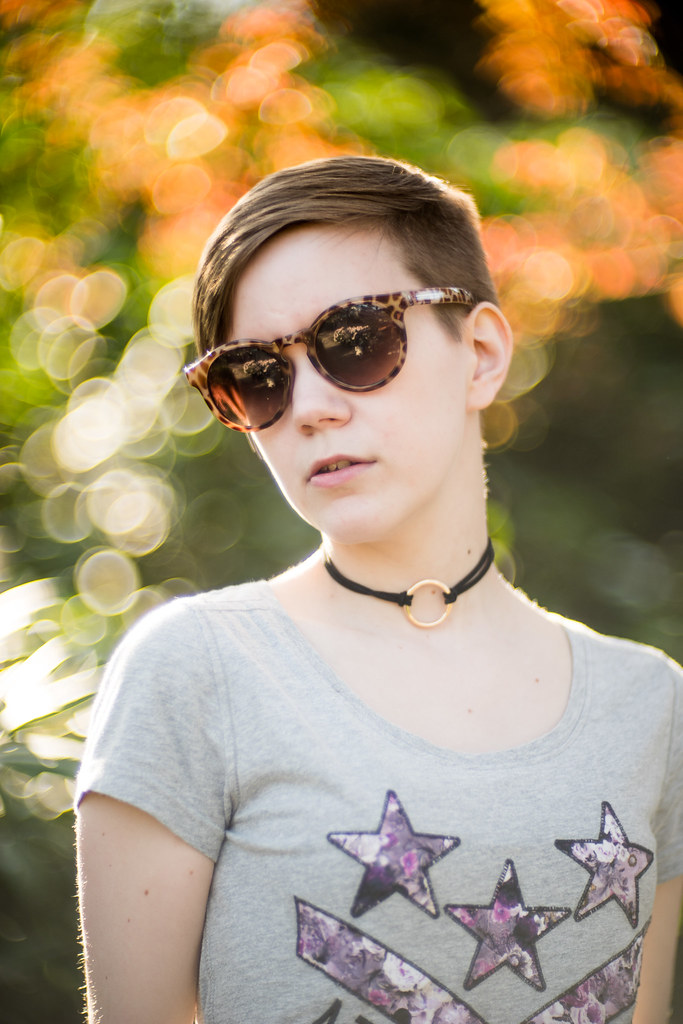 Sunny by Markus, auf Flickr Sunny by Markus, auf Flickr
Rubinar 500mm f/5.6 with 0.7 Speedbooster and Sony A7II
 Cherry Blossoms by Markus, auf Flickr Cherry Blossoms by Markus, auf Flickr
Canon FD 400mm f/2.8L with 0.7 Speedbooster and Sony A7II
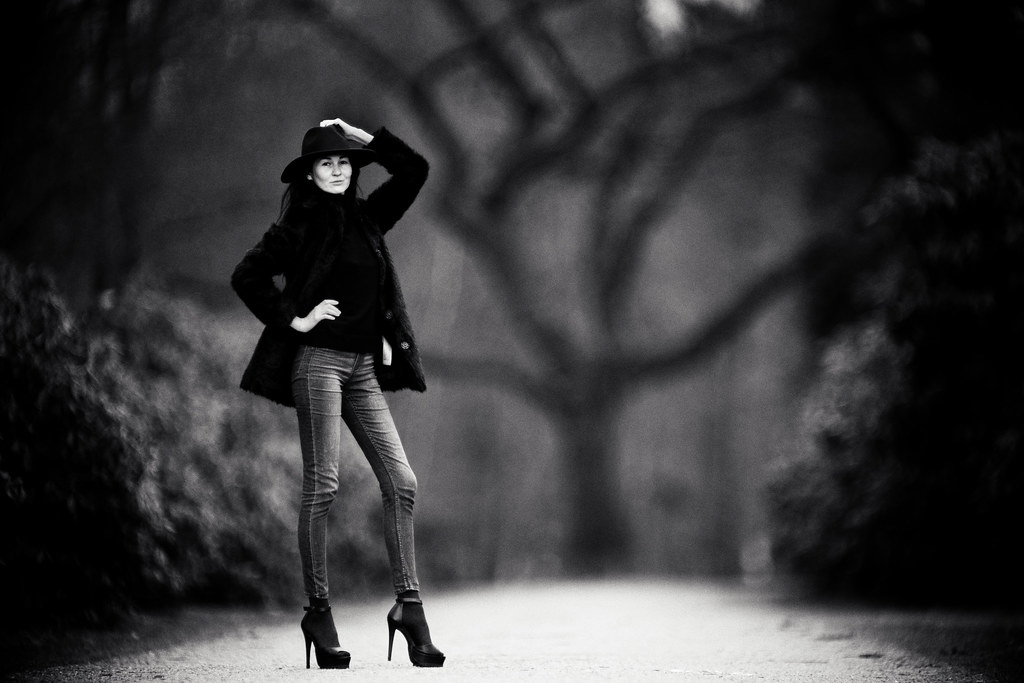 Lady Long Legs by Markus, auf Flickr Lady Long Legs by Markus, auf Flickr
Canon Fd 300mm f/2.8L with 0.7 Speedbooster and Sony A7II
 Streetwear by Markus, auf Flickr Streetwear by Markus, auf Flickr
Helios 40 on Sony A7II
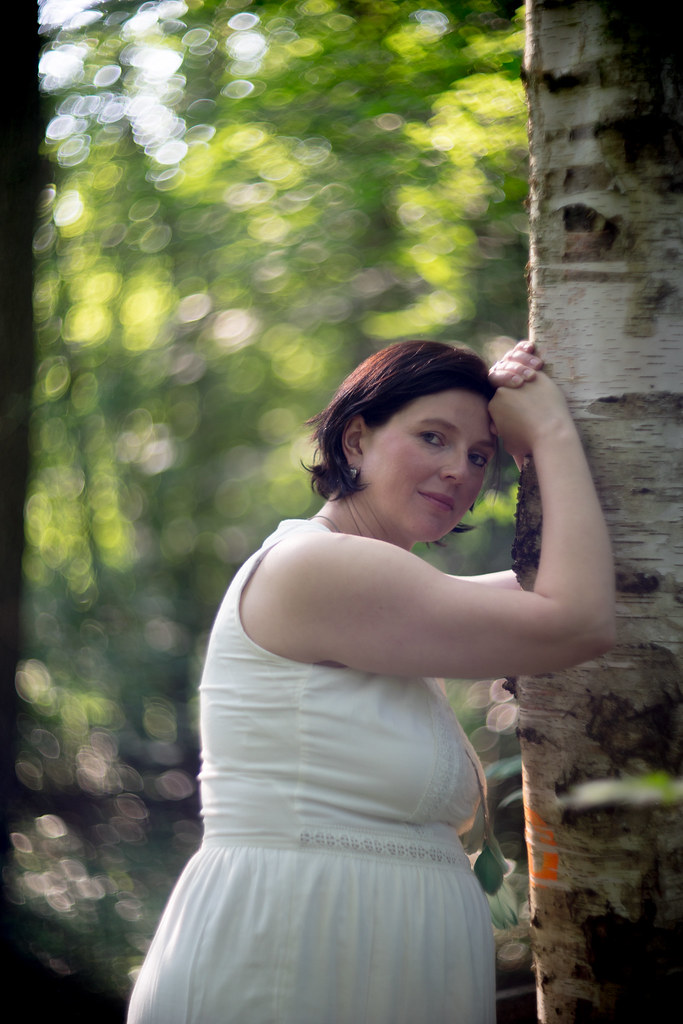 Schwangerschafts-Photosession / Pregnancy by Markus, auf Flickr Schwangerschafts-Photosession / Pregnancy by Markus, auf Flickr
ROW 200mm/1.9 (not the common Visionar)
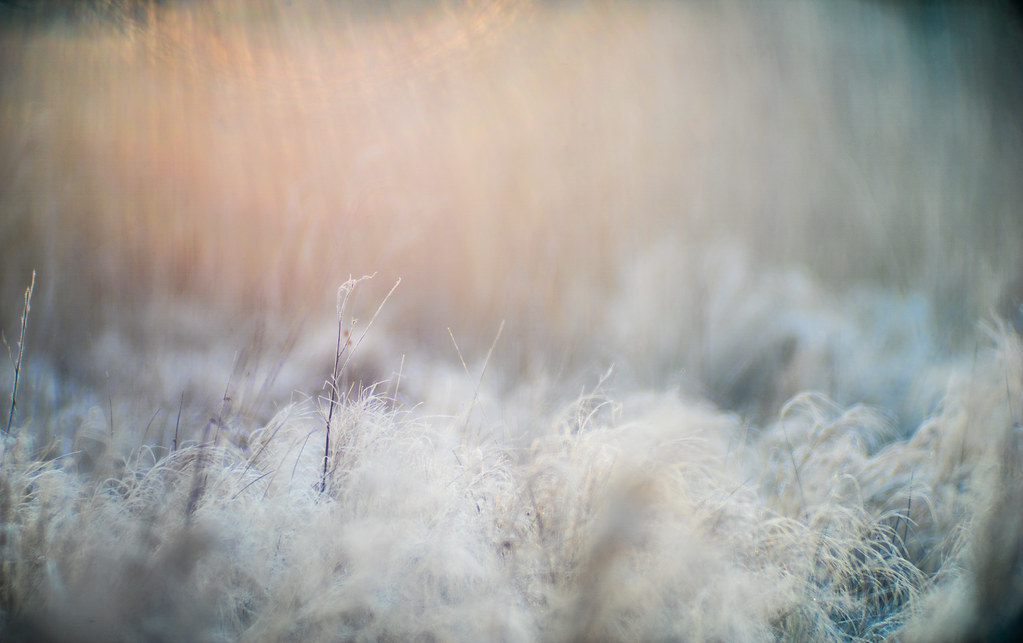 Winter Morning by Markus, auf Flickr Winter Morning by Markus, auf Flickr
Trioplan 100mm/2.8 classic
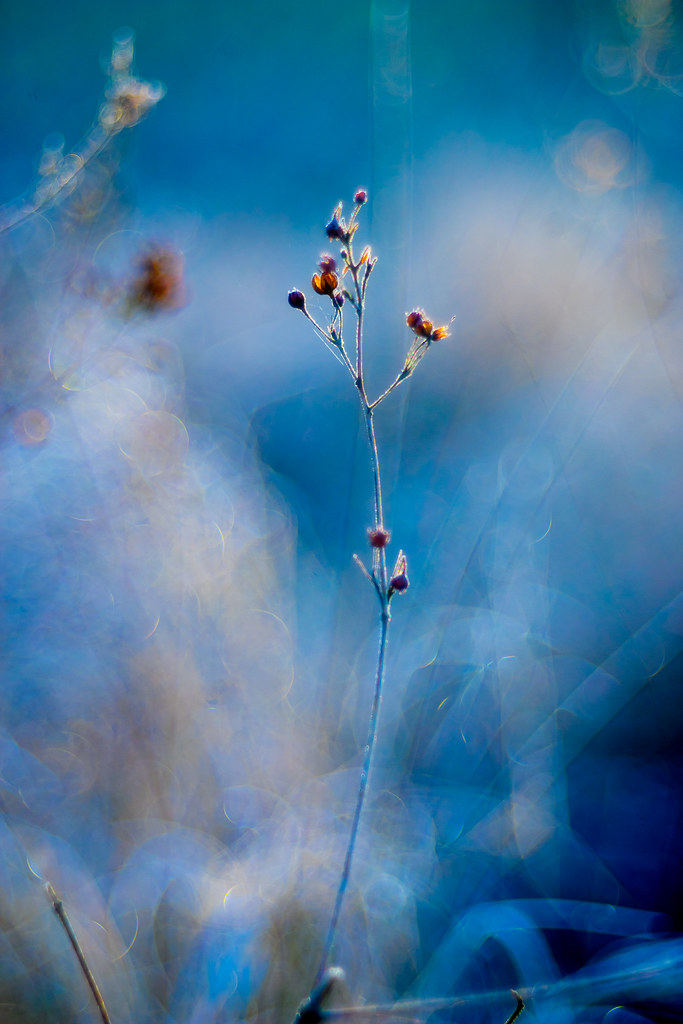 Cold Blue Winter Morning by Markus, auf Flickr Cold Blue Winter Morning by Markus, auf Flickr
DIY Lens made of unnamed lens parts
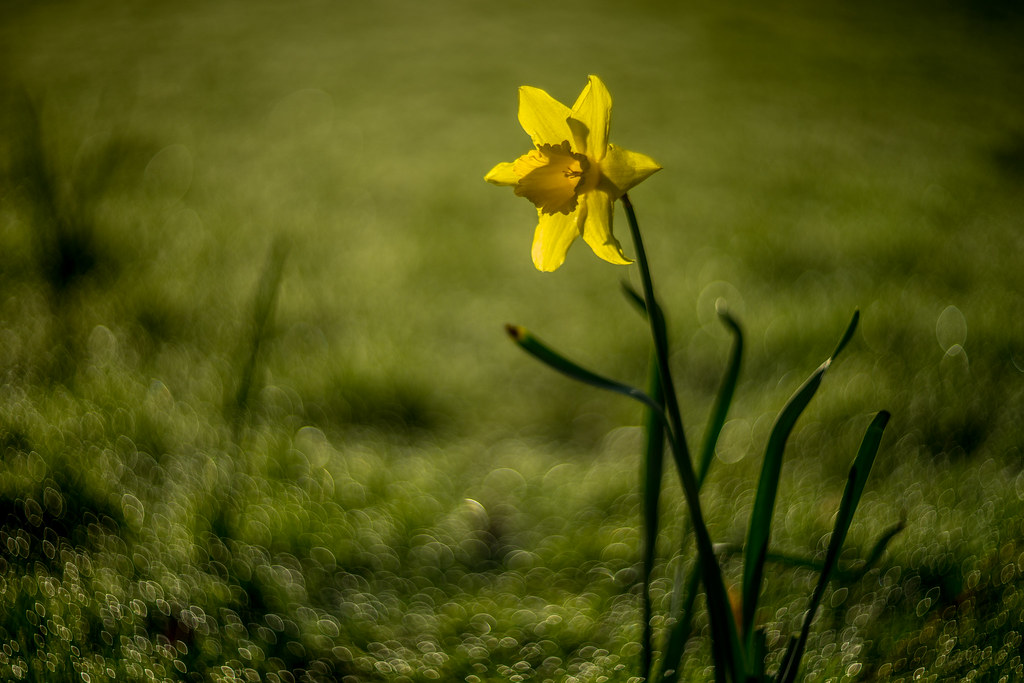 Flower And Bokeh by Markus, auf Flickr Flower And Bokeh by Markus, auf Flickr
_________________
Camera modification, repair and DIY - some links to look through: http://www.4photos.de/camera-diy/index-en.html
I AM A LENS NERD!
Epis, Elmaron, Emerald, Ernostar, Helioplan and Heidosmat.
Epiotar, Kameraobjektiv, Anastigmat, Epis, Meganast, Magnagon, Quinar, Culmigon, Novotrinast, Novflexar, Colorplan, Sekor, Kinon, Talon, Telemegor, Xenon, Xenar, Ultra, Ultra Star. Tessar, Janar, Visionar, Kiptar, Kipronar and Rotelar.
|
|
| Back to top |
|
 |
ZoneV

Joined: 09 Nov 2009
Posts: 1633
Location: Germany
Expire: 2011-12-02
|
 Posted: Tue Jun 12, 2018 6:44 am Post subject: Posted: Tue Jun 12, 2018 6:44 am Post subject: |
 |
|
ZoneV wrote:
Visionar 109mm/1.6 as DIY apodization lens on Sony A7II
 Mushroom / Pilz by Markus, auf Flickr Mushroom / Pilz by Markus, auf Flickr
Helios 44 with self made apodization element, on Canon EOS 5D
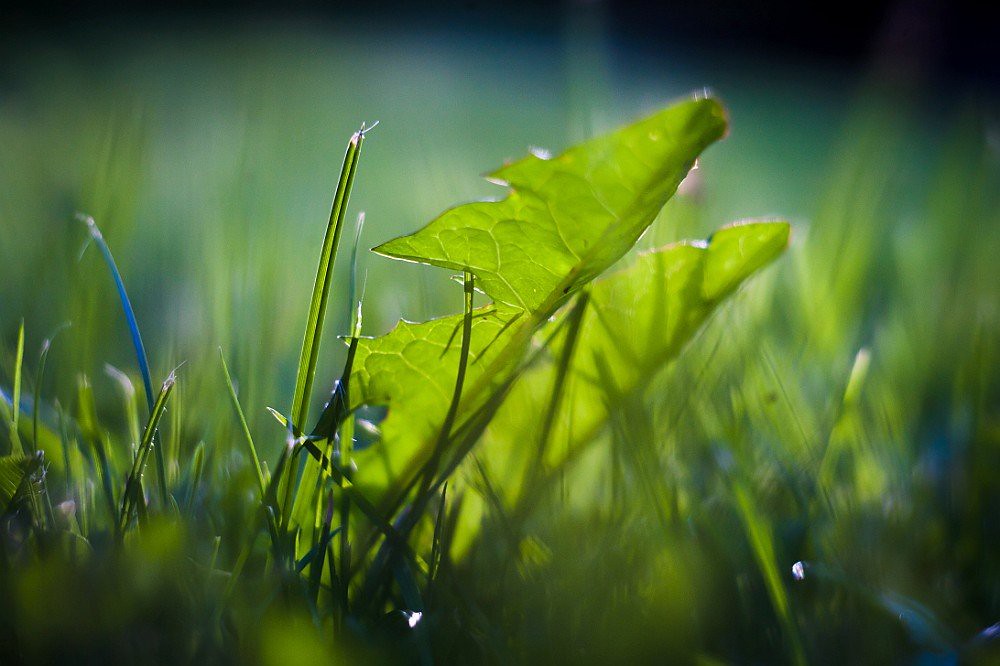 Löwenzahn by Markus, auf Flickr Löwenzahn by Markus, auf Flickr
Some short focal projection lens on Sony A7II
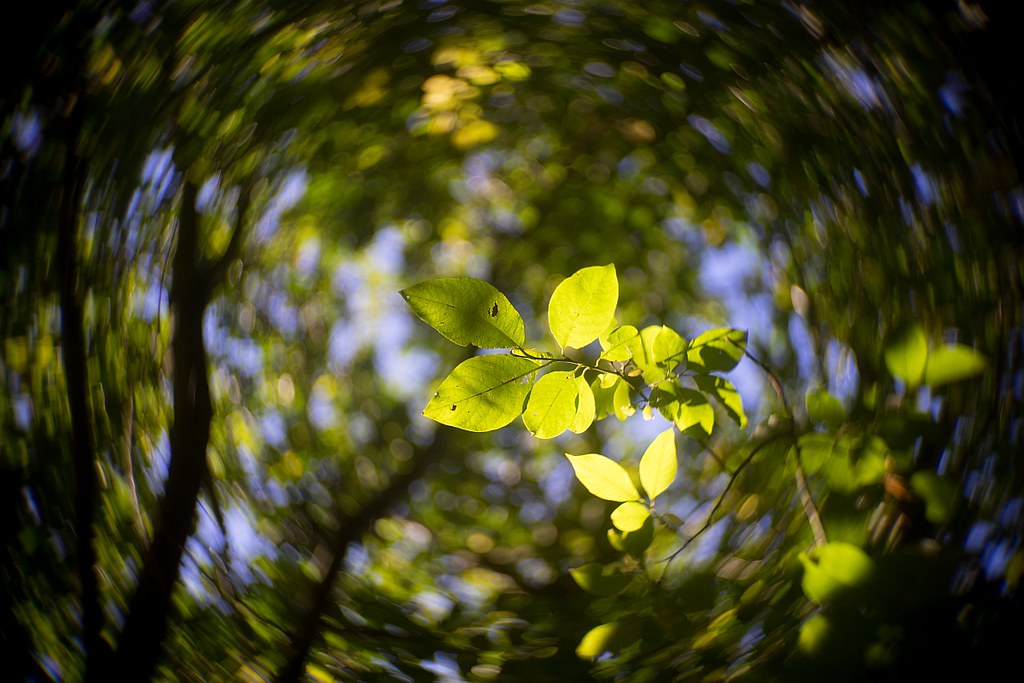 Swirl by Markus, auf Flickr Swirl by Markus, auf Flickr
Visionar 183mm/1.9 likely on Canon EOS 5D
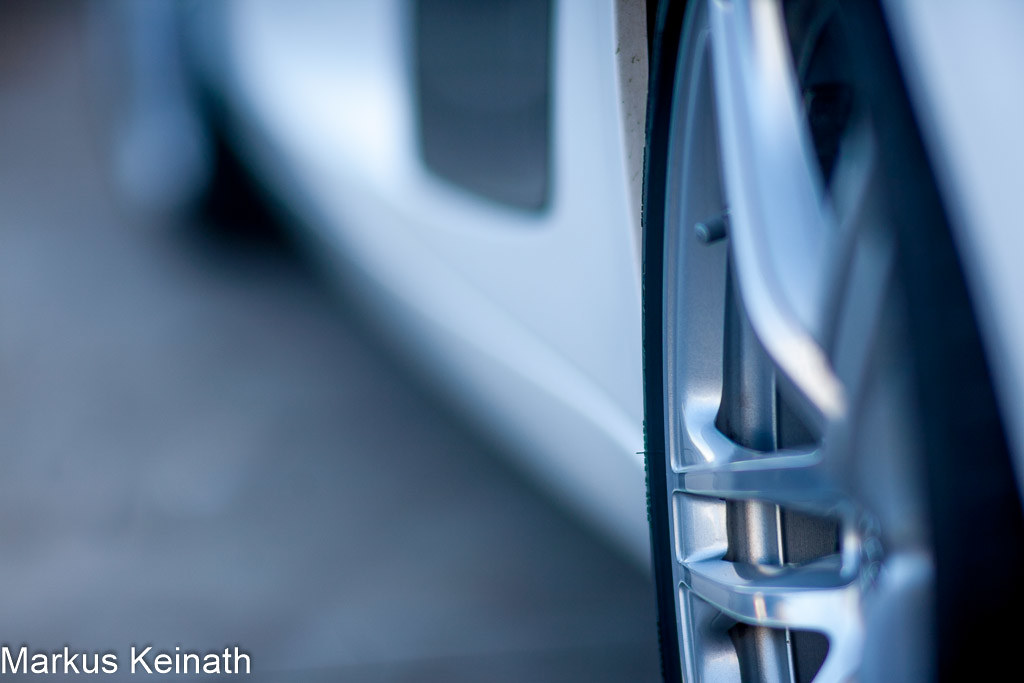 Audi R8 car by Markus, auf Flickr Audi R8 car by Markus, auf Flickr
Domiplan 50mm on EOS 5D
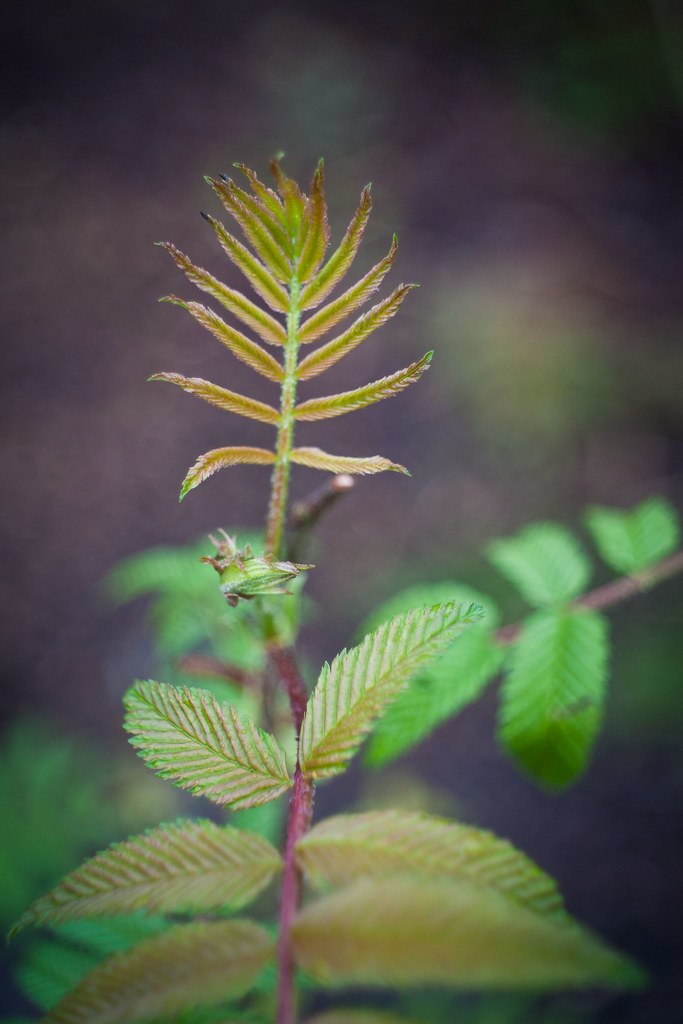 Domiplan50 by Markus, auf Flickr Domiplan50 by Markus, auf Flickr
DIY speedbbooster on ? lens on I think Canon EOS 5D
 Contax Rangefinder Colordial by Markus, auf Flickr Contax Rangefinder Colordial by Markus, auf Flickr
 Wild-Bokeh by Markus, auf Flickr Wild-Bokeh by Markus, auf Flickr
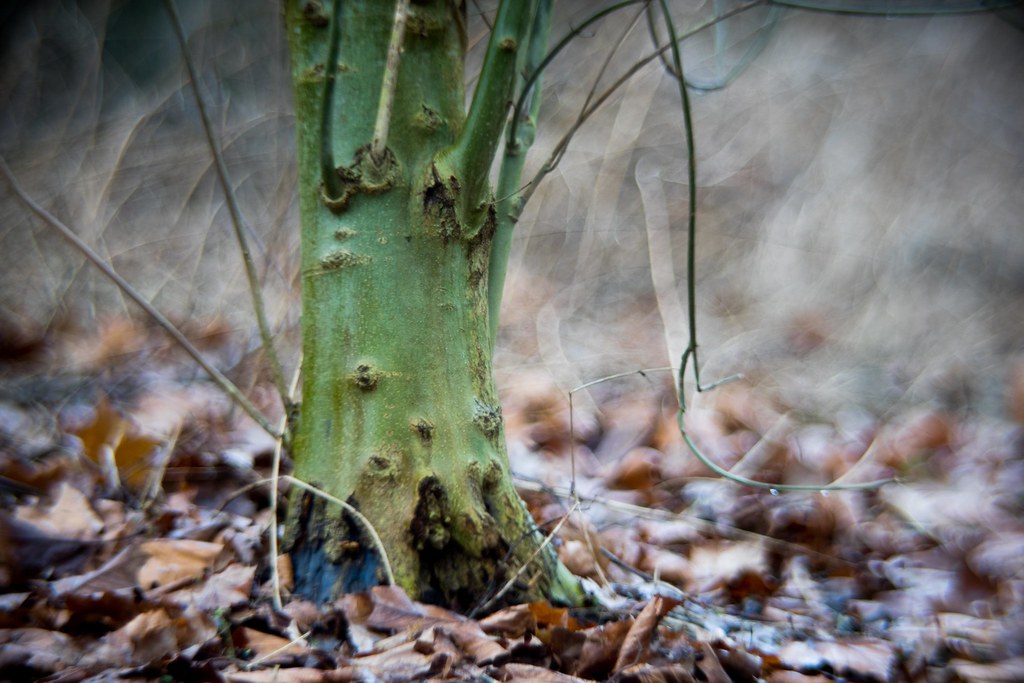 Small-DOF by Markus, auf Flickr Small-DOF by Markus, auf Flickr
Minolta 58mm f/1.2 on EOS 5D
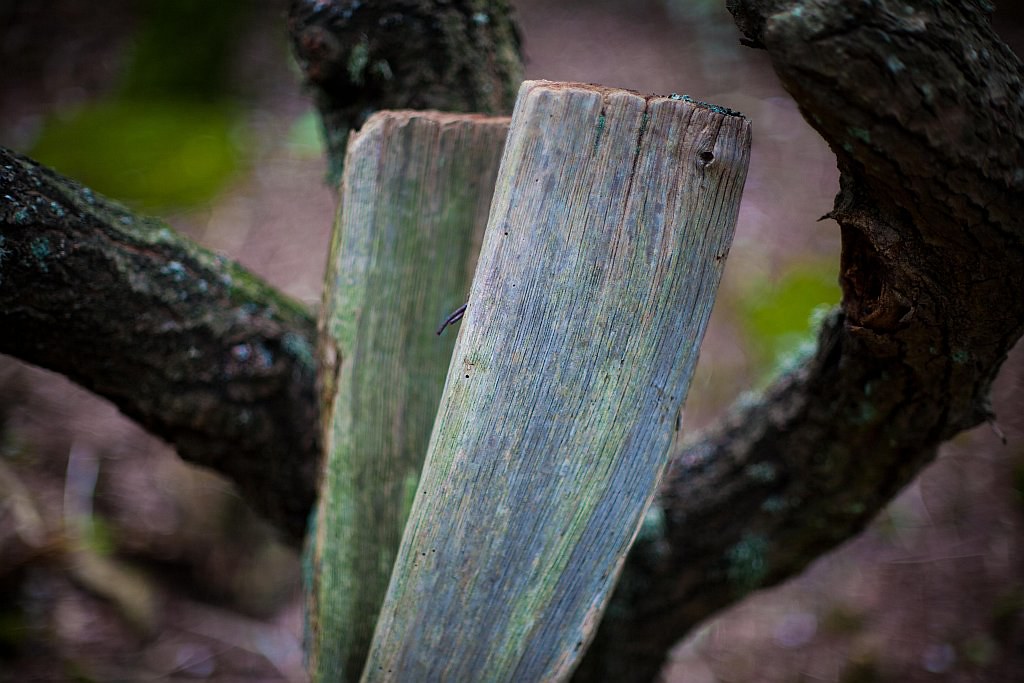
Wood by Markus, auf Flickr
I love lens bokeh, not photoshopped ones 
And I am much to lazy to photoshop it, love more to take photos or tinker with lenses.
_________________
Camera modification, repair and DIY - some links to look through: http://www.4photos.de/camera-diy/index-en.html
I AM A LENS NERD!
Epis, Elmaron, Emerald, Ernostar, Helioplan and Heidosmat.
Epiotar, Kameraobjektiv, Anastigmat, Epis, Meganast, Magnagon, Quinar, Culmigon, Novotrinast, Novflexar, Colorplan, Sekor, Kinon, Talon, Telemegor, Xenon, Xenar, Ultra, Ultra Star. Tessar, Janar, Visionar, Kiptar, Kipronar and Rotelar.
|
|
| Back to top |
|
 |
dnas

Joined: 14 Nov 2008
Posts: 488
Location: Japan
|
 Posted: Tue Jun 12, 2018 11:36 pm Post subject: Re: What makes great bokeh? Posted: Tue Jun 12, 2018 11:36 pm Post subject: Re: What makes great bokeh? |
 |
|
dnas wrote:
| awa54 wrote: |
Is it "bokeh" or "boke"?
|
| calvin83 wrote: |
The Japanese coined the term, so "boke" is correct, but the common usage variant is fine too.
|
Both are correct. Any spelling of Japanese in western alphabet is an approximation of the original Japanese. (this depiction is called "romaji")
The meaning in Japanese comes from ボケ味 (boke-aji), which means "blur flavour", or the "taste of blur". Blur = ボケ.
"Boke" is correct, but the last "e" must be pronounced, so it is often depicted in romaji as "eh" so it is pronounced.
If it was always spelled as "boke", then it would cause confusion and sometimes be pronounced like "boak", so the standard is "bokeh".
The pronunciation in Wikipedia is INCORRECT, which shows "BOH-Kay", effectively saying that the "e" ="ay", when it should be like the "e" in "egg" in English English.
Any US English pronounced "e" is slightly similar to "ay", so this is probably where the Wikipedia" pronunciation comes from.
The "o" is not pronounced like "lock", but like "no".
The correct pronunciation is like "flow-keg" without the "g". Or "So", "No", "low", etc.
As for bokeh itself, I like smooth bokeh when the focus of the photo is on the central subject. However, if I want that surreal look, swirly bokeh is good. I find it hard to like mirror lens bokeh, so when I use a mirror, I try not to have bokeh in the shot. |
|
| Back to top |
|
 |
visualopsins


Joined: 05 Mar 2009
Posts: 10541
Location: California
Expire: 2025-04-11
|
 Posted: Tue Jun 12, 2018 11:41 pm Post subject: Posted: Tue Jun 12, 2018 11:41 pm Post subject: |
 |
|
visualopsins wrote:
Thanks so much dnas for bokeh pronunciation!
_________________
☮☮☮☮☮☮☮☮☮☮☮☮☮☮☮☮☮☮☮☮☮☮☮☮☮☮☮☮☮☮☮☮ like attracts like! ☮☮☮☮☮☮☮☮☮☮☮☮☮☮☮☮☮☮☮☮☮☮☮☮☮☮☮☮☮☮☮☮
Cameras: Sony ILCE-7RM2, Spotmatics II, F, and ESII, Nikon P4
Lenses:
M42 Asahi Optical Co., Takumar 1:4 f=35mm, 1:2 f=58mm (Sonnar), 1:2.4 f=58mm (Heliar), 1:2.2 f=55mm (Gaussian), 1:2.8 f=105mm (Model I), 1:2.8/105 (Model II), 1:5.6/200, Tele-Takumar 1:5.6/200, 1:6.3/300, Macro-Takumar 1:4/50, Auto-Takumar 1:2.3 f=35, 1:1.8 f=55mm, 1:2.2 f=55mm, Super-TAKUMAR 1:3.5/28 (fat), 1:2/35 (Fat), 1:1.4/50 (8-element), Super-Multi-Coated Fisheye-TAKUMAR 1:4/17, Super-Multi-Coated TAKUMAR 1:4.5/20, 1:3.5/24, 1:3.5/28, 1:2/35, 1:3.5/35, 1:1.8/85, 1:1.9/85 1:2.8/105, 1:3.5/135, 1:2.5/135 (II), 1:4/150, 1:4/200, 1:4/300, 1:4.5/500, Super-Multi-Coated Macro-TAKUMAR 1:4/50, 1:4/100, Super-Multi-Coated Bellows-TAKUMAR 1:4/100, SMC TAKUMAR 1:1.4/50, 1:1.8/55
M42 Carl Zeiss Jena Flektogon 2.4/35
Contax Carl Zeiss Vario-Sonnar T* 28-70mm F3.5-4.5
Pentax K-mount SMC PENTAX ZOOM 1:3.5 35~105mm, SMC PENTAX ZOOM 1:4 45~125mm
Nikon Micro-NIKKOR-P-C Auto 1:3.5 f=55mm, NIKKOR-P Auto 105mm f/2.5 Pre-AI (Sonnar), Micro-NIKKOR 105mm 1:4 AI, NIKKOR AI-S 35-135mm f/3,5-4,5
Tamron SP 17mm f/3.5 (51B), Tamron SP 17mm f/3.5 (51BB), SP 500mm f/8 (55BB), SP 70-210mm f/3.5 (19AH)
Vivitar 100mm 1:2.8 MC 1:1 Macro Telephoto (Kiron)
|
|
| Back to top |
|
 |
DConvert


Joined: 12 Jun 2010
Posts: 902
Location: Essex UK
|
 Posted: Thu Jun 14, 2018 10:27 am Post subject: Posted: Thu Jun 14, 2018 10:27 am Post subject: |
 |
|
DConvert wrote:
Although the term is relatively recent I think the bokeh of a lens has always been something good photographers have been interested in. they would just have referred to the lenses look/feel/rendering. Perhaps without knowing quite what it was about the lens they liked. Having a specific term has encouraged us to look for it & explore the possibilities, it's a shame that many people miss-use the term confusing it with shallow DOF - giving rise to 'lots of bokeh'.
The bokeh I like can vary hugely with the shoot. In some shots I like the donut bokeh of mirror lenses, but in many shots it combines with linear objects to produce a double image - generally this just makes the background to fussy & distracts.
Smooth creamy bokeh pretty much always works well, unless the bokeh itself is real the subject. |
|
| Back to top |
|
 |
cooltouch


Joined: 15 Jan 2009
Posts: 9097
Location: Houston, Texas
|
 Posted: Thu Jun 14, 2018 12:13 pm Post subject: Posted: Thu Jun 14, 2018 12:13 pm Post subject: |
 |
|
cooltouch wrote:
As a person who studied Japanese on and off for several years, I can attest to the accuracy of dnas's comments.
Usually when Japanese is transliterated into the Roman alphabet, it is done based on what is known as the Hepburn system of Romanization. It isn't really important that you know that, unless you tend to be a language geek -- like I am, being a linguist and all. But anyway, the Hepburn system does indeed indicate it should be spelled "boke".
American English speakers often get sloppy with our vowel pronunciation. Not so in Japanese. This is why, as dnas points out, the Wikipedia pronunciation of bokeh is incorrect. In order for it to be pronounced 'bokay' as WP indicates, in the Hepburn system, it must be spelled 'bokei'. the -ay (or -ei in Japanese) suffix is actually a diphthong, a combination of two vowel sounds. As I mentioned above, we Americans can get casual about our vowel pronunciation -- especially making diphthongs out of vowels where there isn't one, which, in Japanese, leads to mispronunciation and possibly even confusion over meaning, since creating a diphthong where there isn't one can possibly change the meaning of the word.
"Diphthongization" is generally not phonemic (look it up) in English, but it is in Japanese. That is, by creating a diphthong, one can possibly change the meaning of a word.
Americans are not the only ones who can get creative with our vowel sounds. For example, I've noticed that the way some Aussies pronounce the word "no" (or "know") is actually anywhere from a triphthong to a quadraphthong. I've heard this same sort of shading in some British dialects as well. Probably drives the Japanese batty. 
_________________
Michael
My Gear List: http://michaelmcbroom.com/photo/gear.html
My Gallery: http://michaelmcbroom.com/gallery3/index.php/
My Flickr Page: https://www.flickr.com/photos/11308754@N08/albums
My Music: https://soundcloud.com/michaelmcbroom/albums
My Blog: http://michaelmcbroom.com/blogistan/ |
|
| Back to top |
|
 |
dnas

Joined: 14 Nov 2008
Posts: 488
Location: Japan
|
 Posted: Tue Jun 19, 2018 12:30 am Post subject: Posted: Tue Jun 19, 2018 12:30 am Post subject: |
 |
|
dnas wrote:
| cooltouch wrote: |
As a person who studied Japanese on and off for several years, I can attest to the accuracy of dnas's comments.
Usually when Japanese is transliterated into the Roman alphabet, it is done based on what is known as the Hepburn system of Romanization. It isn't really important that you know that, unless you tend to be a language geek -- like I am, being a linguist and all. But anyway, the Hepburn system does indeed indicate it should be spelled "boke".
American English speakers often get sloppy with our vowel pronunciation. Not so in Japanese. This is why, as dnas points out, the Wikipedia pronunciation of bokeh is incorrect. In order for it to be pronounced 'bokay' as WP indicates, in the Hepburn system, it must be spelled 'bokei'. the -ay (or -ei in Japanese) suffix is actually a diphthong, a combination of two vowel sounds. As I mentioned above, we Americans can get casual about our vowel pronunciation -- especially making diphthongs out of vowels where there isn't one, which, in Japanese, leads to mispronunciation and possibly even confusion over meaning, since creating a diphthong where there isn't one can possibly change the meaning of the word.
"Diphthongization" is generally not phonemic (look it up) in English, but it is in Japanese. That is, by creating a diphthong, one can possibly change the meaning of a word.
Americans are not the only ones who can get creative with our vowel sounds. For example, I've noticed that the way some Aussies pronounce the word "no" (or "know") is actually anywhere from a triphthong to a quadraphthong. I've heard this same sort of shading in some British dialects as well. Probably drives the Japanese batty.  |
Heh, heh. Japanese are polite enough not to make a point about it!!! 
I'm an Aussie but I've lived in Japan for 11 years!! I've adapted my Aussie "a" so it's more understandable. The Aussie "no" triphthong is a more recent phenomenon (last 20years), which came mainly from a development of the "Aussie women's accent"..... Personally, I find it strange and annoying. It's actually very similar to the Irish "no".
One big advantage of living in Japan is the access to all sorts of Japanese MF lenses and cameras. I fix them in my spare time. The really cheap MF lenses have been disappearing for a while, 7-10 years ago, they could be dirt cheap.... e.g. I picked up a Minolta MD 85mm f2.0 for 1000yen (about $12). These days it would be 20x as much!!!
However, I can still get broken cameras for a good deal |
|
| Back to top |
|
 |
|
|
